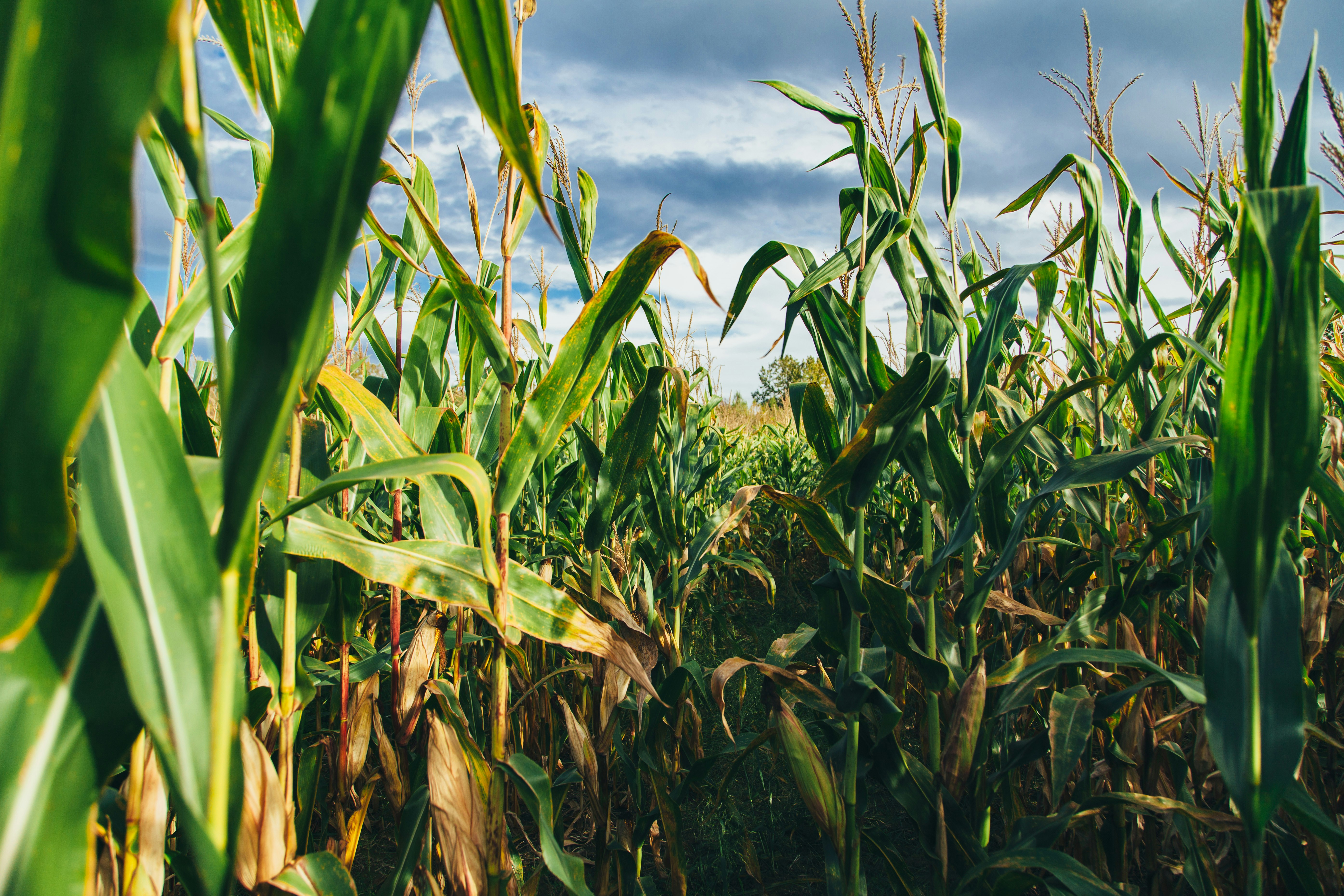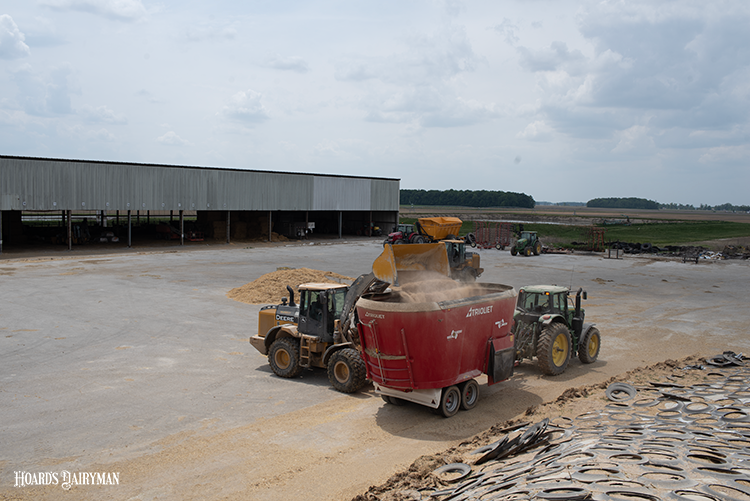Sunflower meal is the fourth largest oilseed meal produced and consumed in the world. Sunflower meal is a by-product of the oil-extraction process via mechanical and/or solvent extraction. There are three large and two small sunflower-crushing plants in the U.S. Most plants use a combination of mechanical and solvent extraction, whereas one in particular exclusively uses a mechanical press resulting in an end product with greater fat content. Supply of sunflower meal can be somewhat inconsistent and is largely dependent on acres harvested and yield.
Sunflower meal is marketed and transported in meal form or as pellets (increased density). In terms of nutrient content, the amount of fiber in the final product creates the largest source of variation. Without removing any hulls, sunflower meal can exhibit a crude protein content between 25 to 28 percent, whereas partial dehulling yields 34 to 38 percent, and completely dehulled meal yields 40 percent or more (DM basis). With that said, it is prudent to test incoming product for protein as it can vary. The higher protein varieties will typically have a density of 32 pounds per cubic foot, with lower protein varieties being less dense.
Furthermore, sunflower meal is highly rumen degradable with approximately 70 percent being digested in the rumen and often a competitive source of crude protein. Compared to contemporary protein sources, sunflower meal is more rumen degradable than soybean meal (67%), canola meal (58%), cottonseed meal (~50%), and distillers’ grains (~35%). Additionally, sunflower meal has poor energy value relative to contemporary protein sources, especially distillers’ grains, which limits inclusion in common beef cattle rations. Similar to protein content, energy content will vary greatly based on fiber and remaining oil content. As mentioned previously, the mechanically extracted variety will typically contain more oil in the meal (5-11%) as compared to solvent extraction (<1.5%), leading to increased energy density.
Without regards to price, sunflower meal can be used as the sole source of supplemental protein and has commonly been compared in beef cattle research trials to other high protein sources typically referred to as oilseed meals. In trials comparing sunflower meal, animal performance has been observed to be similar based on isonitrogenous diets from different sources. For example, when substituting cottonseed meal inclusion in growing and finishing steer diets, total diet digestibility was similar up to 11% sunflower meal of total diet dry matter. Albeit, in similar feeding scenarios it has been fed up to 22% of diet dry matter without adverse effects. Additionally, authors have witnessed equal digestibility of high forage diets fed to steer calves when substituting sunflower meal for urea at 0-20% of diet dry matter at 5% increments. When sunflower meal was compared to soybean meal and barley distillers grains (26% CP) in growing heifer diets, returns over feed and calf costs were greatest for barley distillers grains and lowest for sunflower meal. However, performance metrics were not significantly different, and authors have concluded sunflower meal to be equally interchangeable with soybean meal under these backgrounding conditions. Lastly, sunflower meal has been successfully fed to lactating cows as a degradable protein source at approximately 1 pound per animal per day. Additionally, research trials have observed primarily positive results in regard to body condition, weight change, and reproduction of beef cows supplemented with sunflower meal.
Least cost sources of protein supplementation are critical to profitability and sunflower meal has been widely used in beef cow supplementation programs. With that said, it is prudent to consider protein supplementation costs, as well as nutrient content, when selecting a protein supplementation source compared to alternatives. Research results would suggest sunflower meal to be a useful source of protein supplementation, both biologically and economically, for growing and finishing cattle, as well as beef cows.











